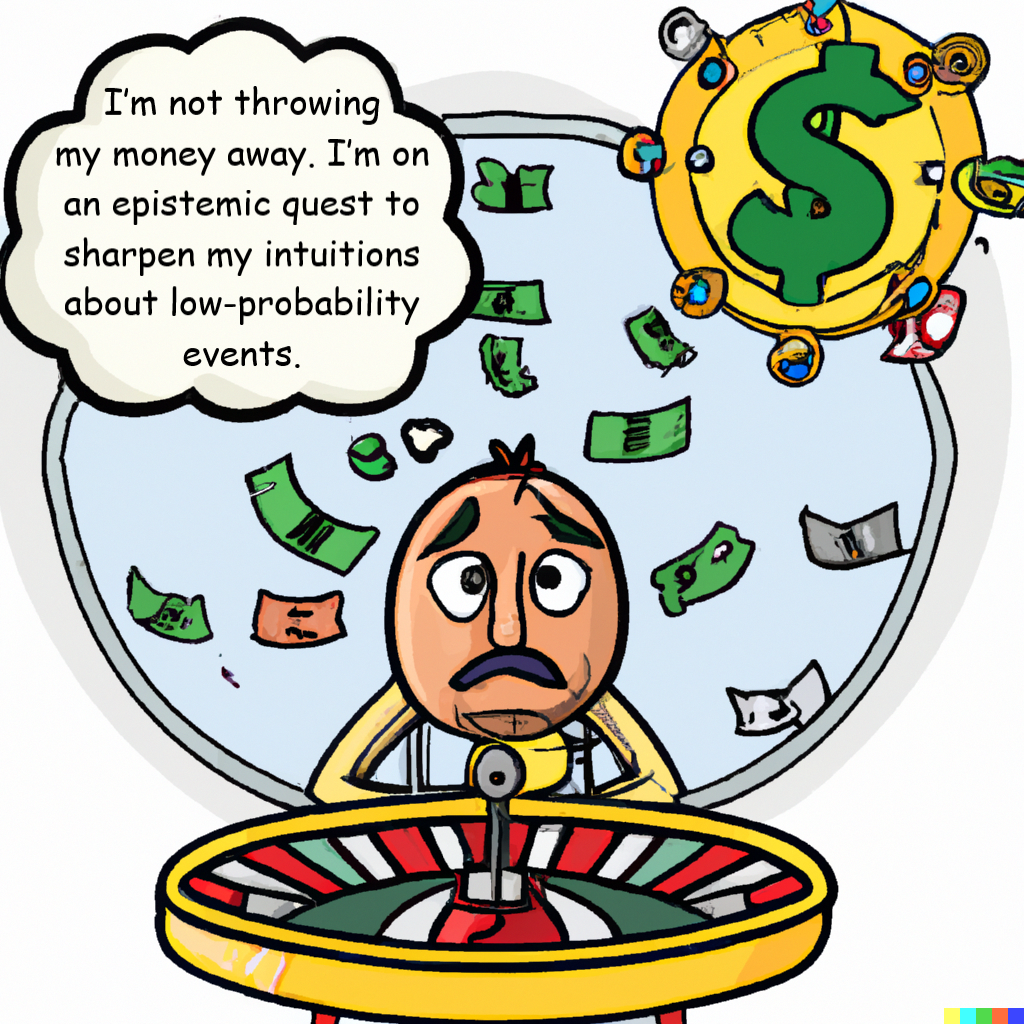I donated $35 to offset my carbon footprint for this year
I want to start donating annually to offset my carbon footprint. I don’t really think of this as a charitable cost - instead it’s internalizing my externalities.
This is the first time I am systematically deciding to make an annual donation - I wanted to walk through my thinking in case it’s useful for anyone else! This post also serves as pro-Effective Altruism propaganda.
How much carbon do I need to offset?
The average American seems to emit about 15-20T of CO2 per year (source, source, source). I’ll assume 20T.
But I travel a lot. A round-trip flight from London to New York emits ~1T of CO2. This year I took 5 international flights - most had multiple legs, so I’ll assume I emitted 15T more than the average American.
So let’s say I have to offset 35T of CO2 each year.
Where should I donate?
I trust Vox’s Future Perfect on stuff like this. They recommend donating to a climate change fund such as the Climate Change Fund from Founder’s Pledge
How much should I donate?
I’ll use the top recommended climate charity from Vox’s Future Perfect as a benchmark. As of December 2023, this is the Clean Air Task Force
Founder’s Pledge estimates that a donation to CATF can avert 1T of CO2 emissions for $0.1-$1
So that would put the amount I have to donate to offset all my emissions at $3.50-$35 per year
I’ll be on the safe side and assume I should donate $35
Conclusion: I just donated $35 to the Climate Fund from Founder’s Pledge to offset my yearly carbon footprint. I intend to make this donation annually going forward, and encourage you to as well!
—
Effective Altruism has been under some heat lately - with the collapse of FTX, and the drama around the OpenAI board ousting Sam Altman.
EA is both a philosophy and a community. I think the above exercise illustrates why both are really good, despite recent drama.
The philosophy of Effective Altruism gave me the intellectual motivation to donate in the first place. And it informs my decision about where to donate: I should not just donate to what feels the best - I should donate where my dollar will have the highest impact in terms of tons of CO2-eq averted.
The community of EA has created institutions (in this case Vox’s Future Perfect, and Founder’s Pledge) that help me quickly (1) identify a good donation opportunity, and direct my funds effectively. Also, a post on the the EA Forum provided extra social motivation to make this donation
Is this system perfect? No. Perhaps I could have spent more time finding a better charity to donate to. Perhaps I should be doing more in my lifestyle or in political activism to be addressing the problem of climate change.
But I think my actions here are a lot better than they would be if Effective Altruism did not exist (2). So overall I remain proud of Effective Altruism - both the philosophy and the community.
—
It only took 1 hour to do the research and decide to donate!
For what it’s worth, the philosophy and community of EA were also key motivators in my decision to become vegetarian


